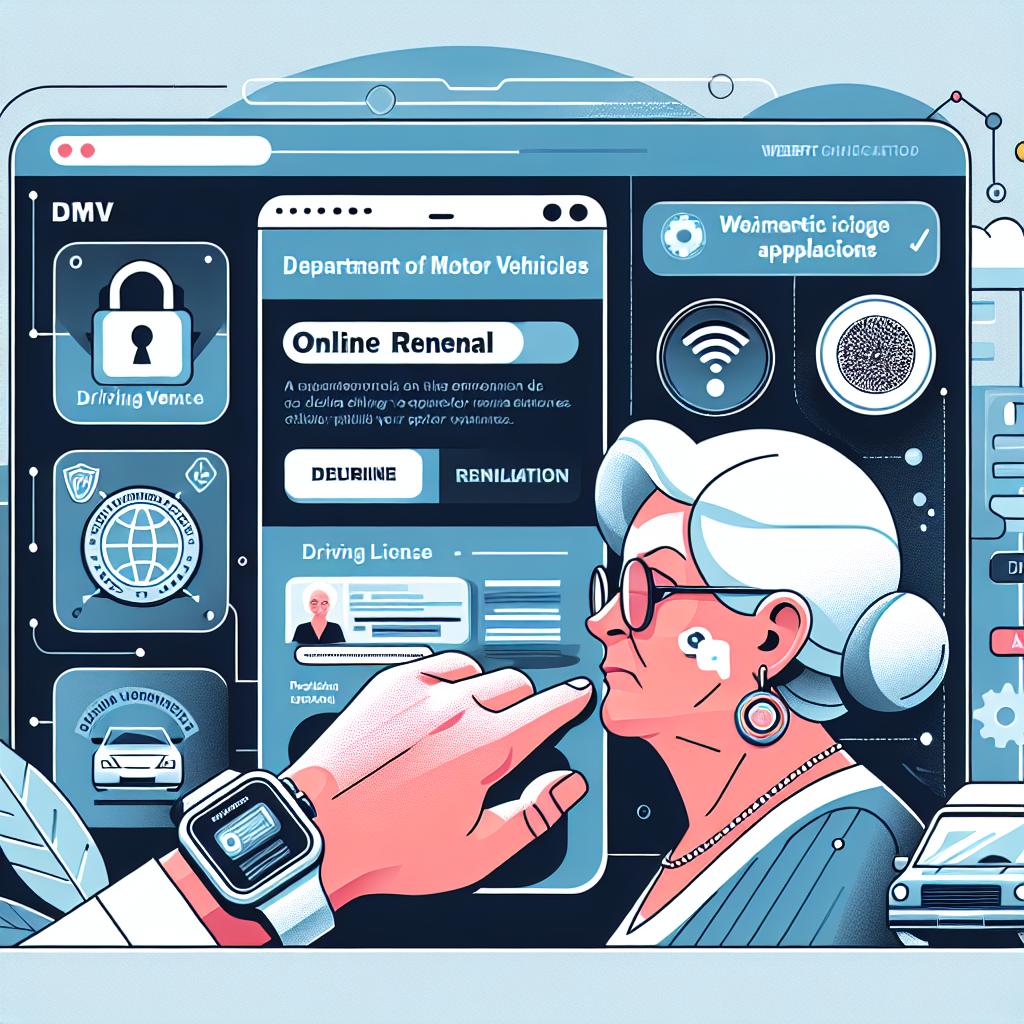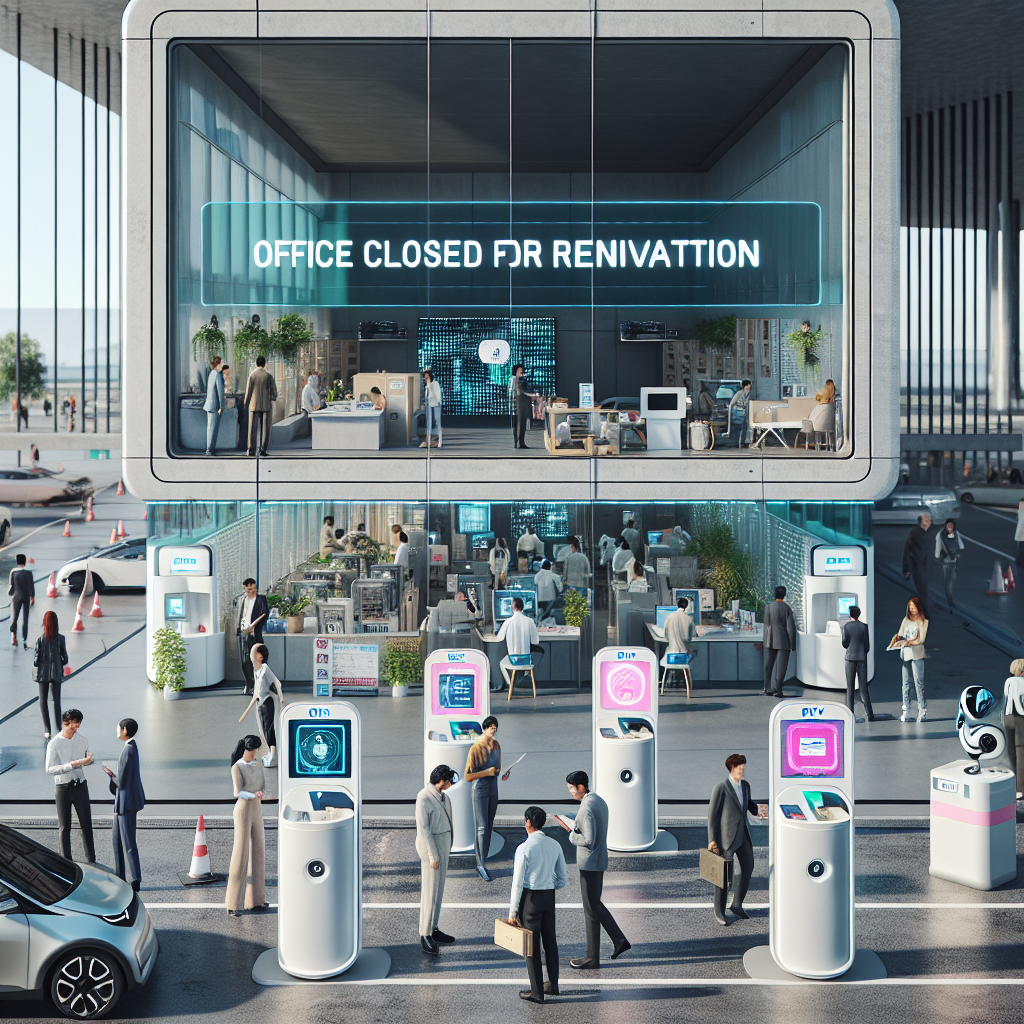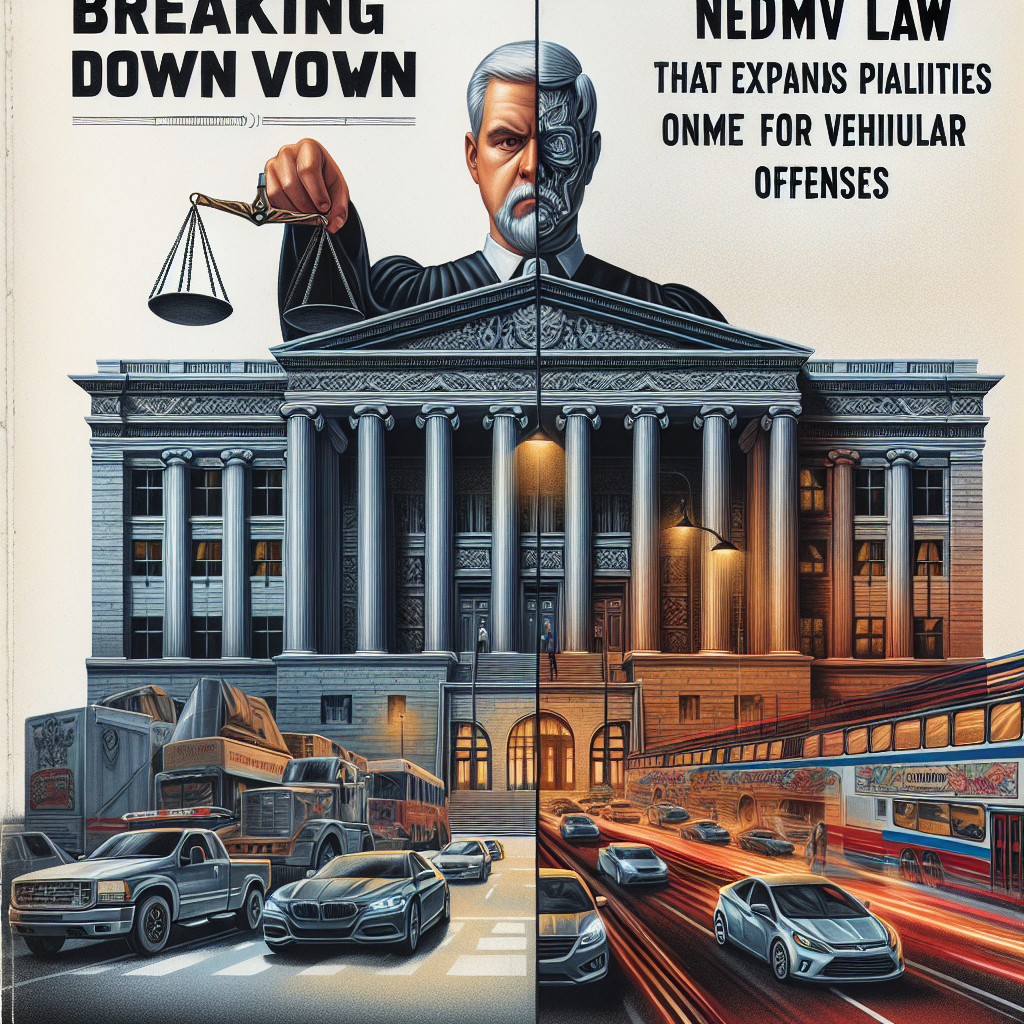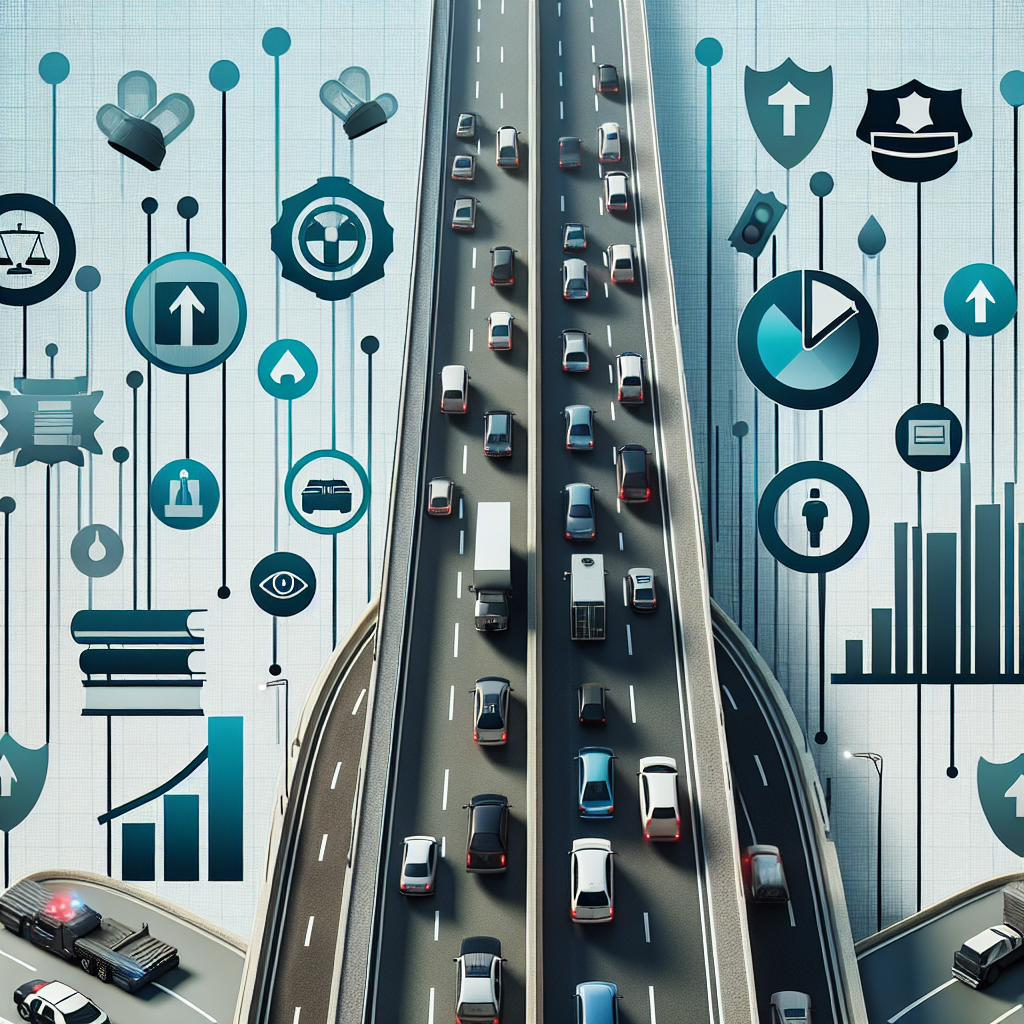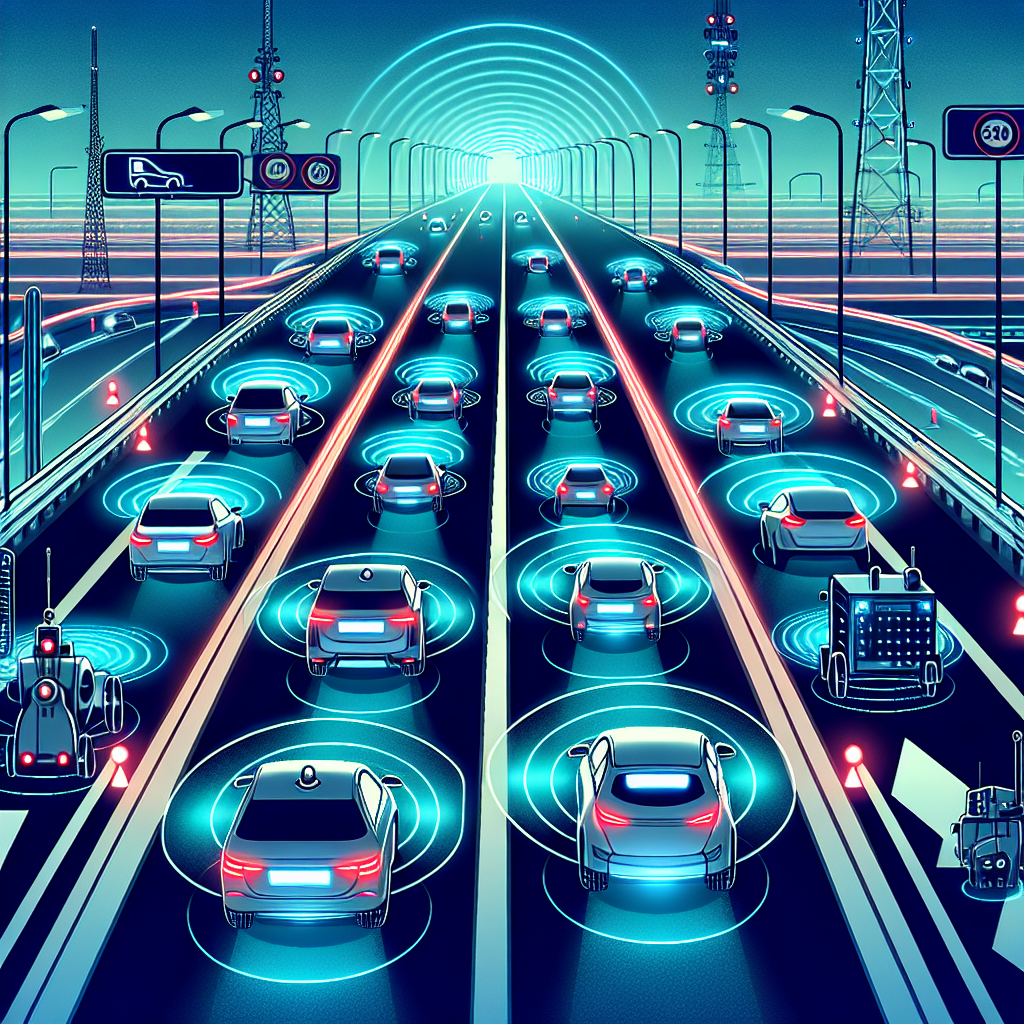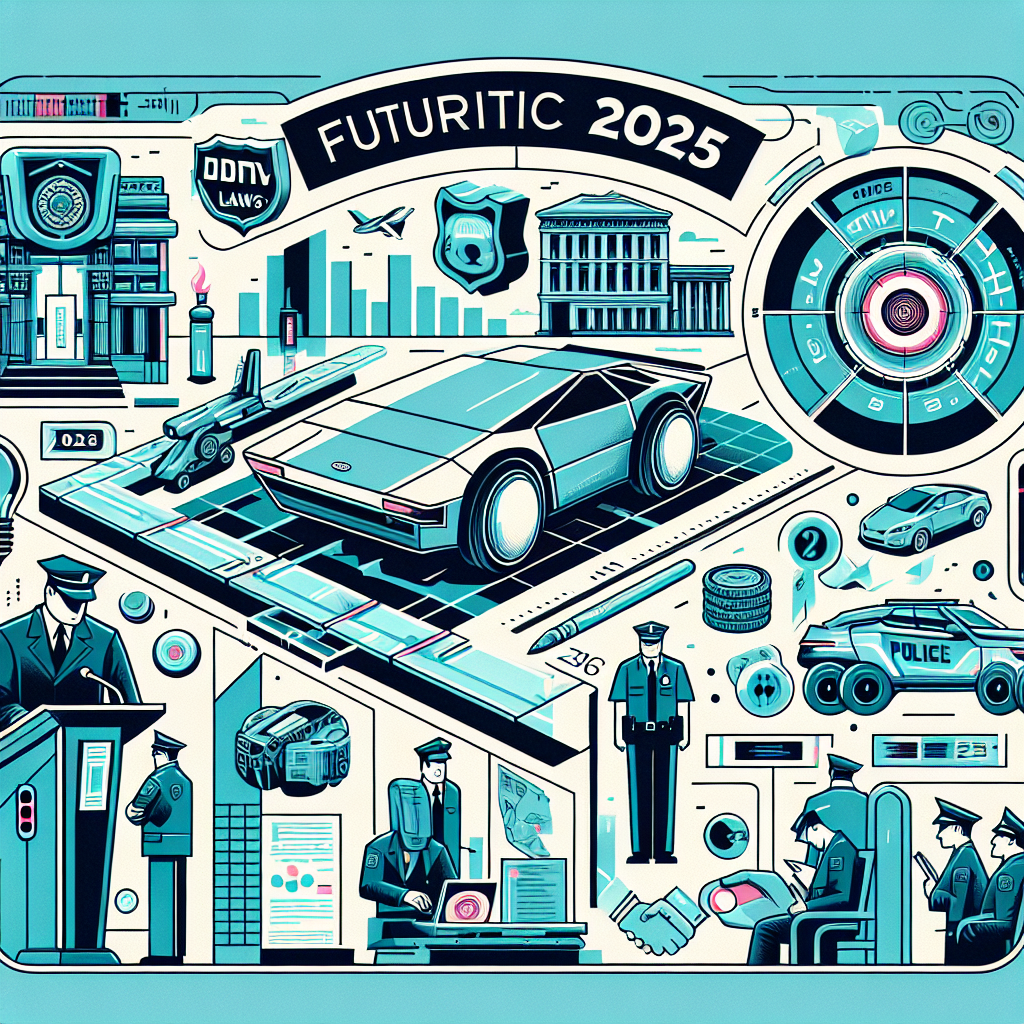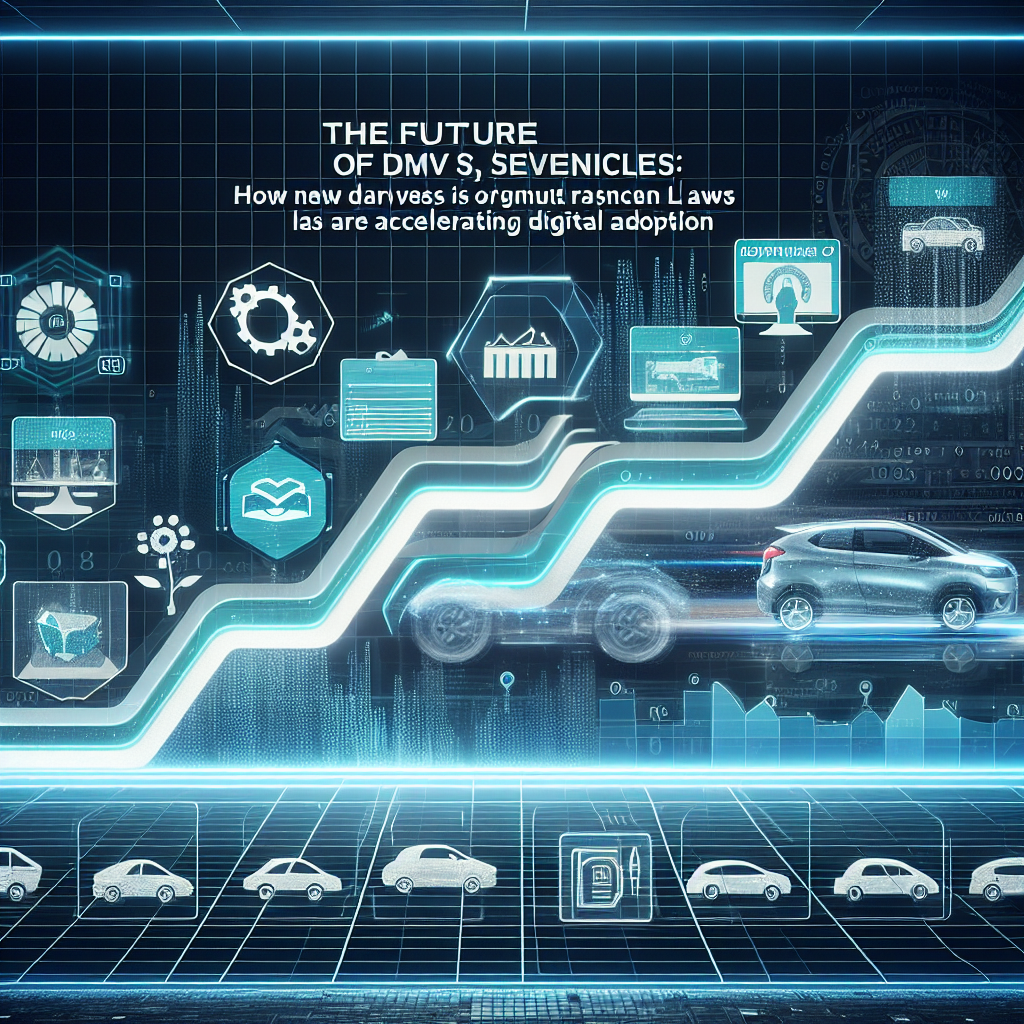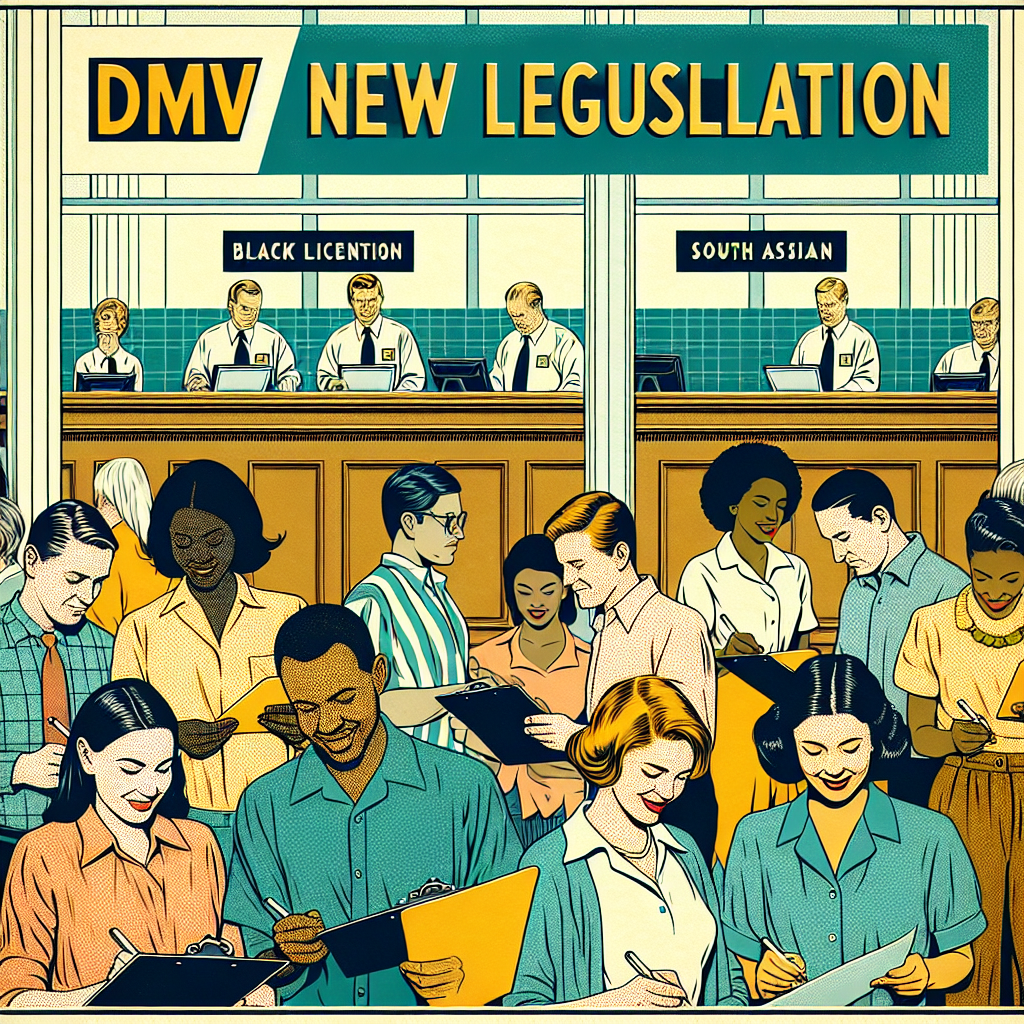DMV Digital Transformation: New Online Renewal Options for Senior Drivers
Introduction
The Department of Motor Vehicles (DMV) is not usually known for being quick or easy to deal with, especially with long lines and lots of paperwork. But now things are changing! The DMV is starting a digital transformation to make things better for everyone, especially older people. This blog will explain the new online renewal options made just for senior drivers and why these changes are important.
Why the DMV Needs to Go Digital
For a long time, senior drivers have had a hard time with the DMV’s old way of doing things. They have to wait in long lines and deal with confusing forms. This process is not only annoying, but it can also be difficult physically for older people. Going digital is a great solution. It makes things faster and easier for everyone.
With the option to renew online, senior drivers can expect better service. This means less waiting and more easy-to-use websites that work well for older people.
New Online Renewal Options Overview
The DMV’s new online renewal system is a big change for senior drivers. Now, they can renew their licenses right from their homes. To be eligible, they usually need to be a certain age and have a good driving record.
Some cool features of this new system include a simple interface, clear instructions, safe ways to handle information, and it works on computers and tablets. This helps make sure everyone can use it easily, especially senior drivers.
Benefits for Senior Drivers
The best part about the new online renewal options is how easy they are. Senior drivers don’t need to go to the DMV in person anymore. They can renew their license online whenever it’s convenient for them. This means no waiting in line and getting things done faster, which makes the whole experience stress-free.
The online system also has special features to help seniors use it, like bigger text, voice help, and easy-to-use screens. This means senior drivers can use the system without any help and feel sure about what they’re doing.
How to Renew Online: Step-by-Step Guide
- Get ready with your documents: Have your current driver’s license, vehicle insurance, and any other required identification ready.
- Go to the DMV website: Visit the official DMV website, click on ‘Renew Driver’s License,’ and enter the online portal.
- Fill out the form: Follow the instructions to fill in your details correctly.
- Pay and wait for confirmation: Use a secure way to pay, then check your email for a confirmation with the next steps.
Troubleshooting and Common Concerns
Like any new system, there might be some technical problems. The DMV provides support including step-by-step guides, FAQs, and phone helplines. Local help programs are also available for in-person assistance if needed.
If you need more help, you can easily find contact information for DMV support and local help programs on the DMV website.
Testimonials from Senior Drivers
- “I used to hate going to the DMV, but this online option was so easy! I finished my renewal in minutes!” – Nancy, 72
- “Even though I’m not good with technology, the online process was simple. I highly recommend it!” – George, 68
What’s Next?
The DMV plans to keep improving, with more updates to the online system. They value user feedback, which helps them make things better for senior drivers. They are also planning new digital services like virtual help and online learning made just for seniors.
Conclusion
The digital transformation at the DMV is a huge step forward in making things easier and faster, especially for senior drivers. With new online renewal options, seniors can have a stress-free, convenient experience. The DMV is dedicated to better service for everyone.
Call to Action
If you are a senior driver or know someone who is, visit the DMV website today to find out more about these new online renewal options. Let’s help our senior community get used to these new technologies by encouraging family and friends to help them. Meanwhile, if you have any further queries, don’t hesitate to visit Tags Clinic at 3845 University Ave, San Diego, CA or call 619-777-9046.
Check out our website for more information and be sure to share this resource with others in your community.
Location of Tags Clinic
